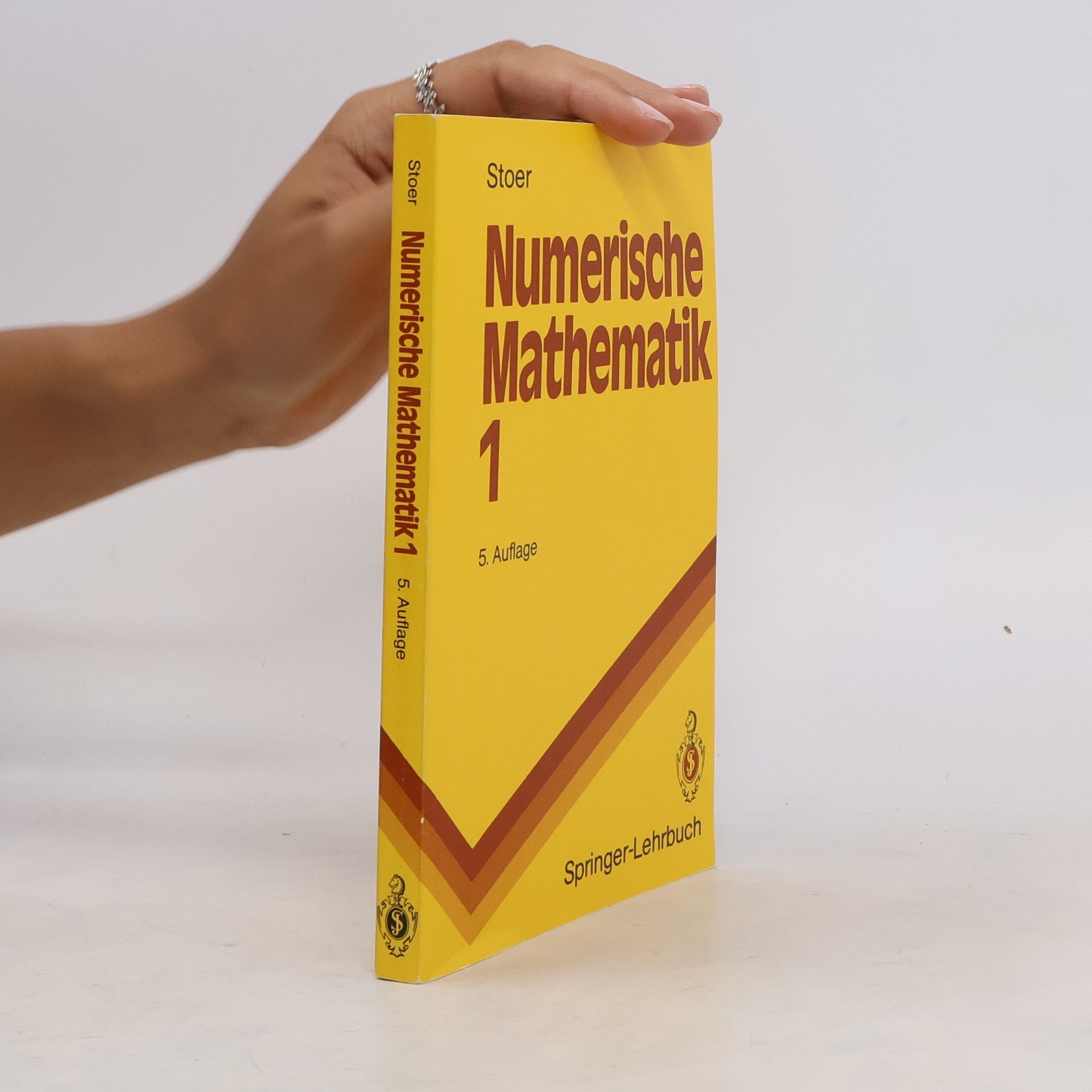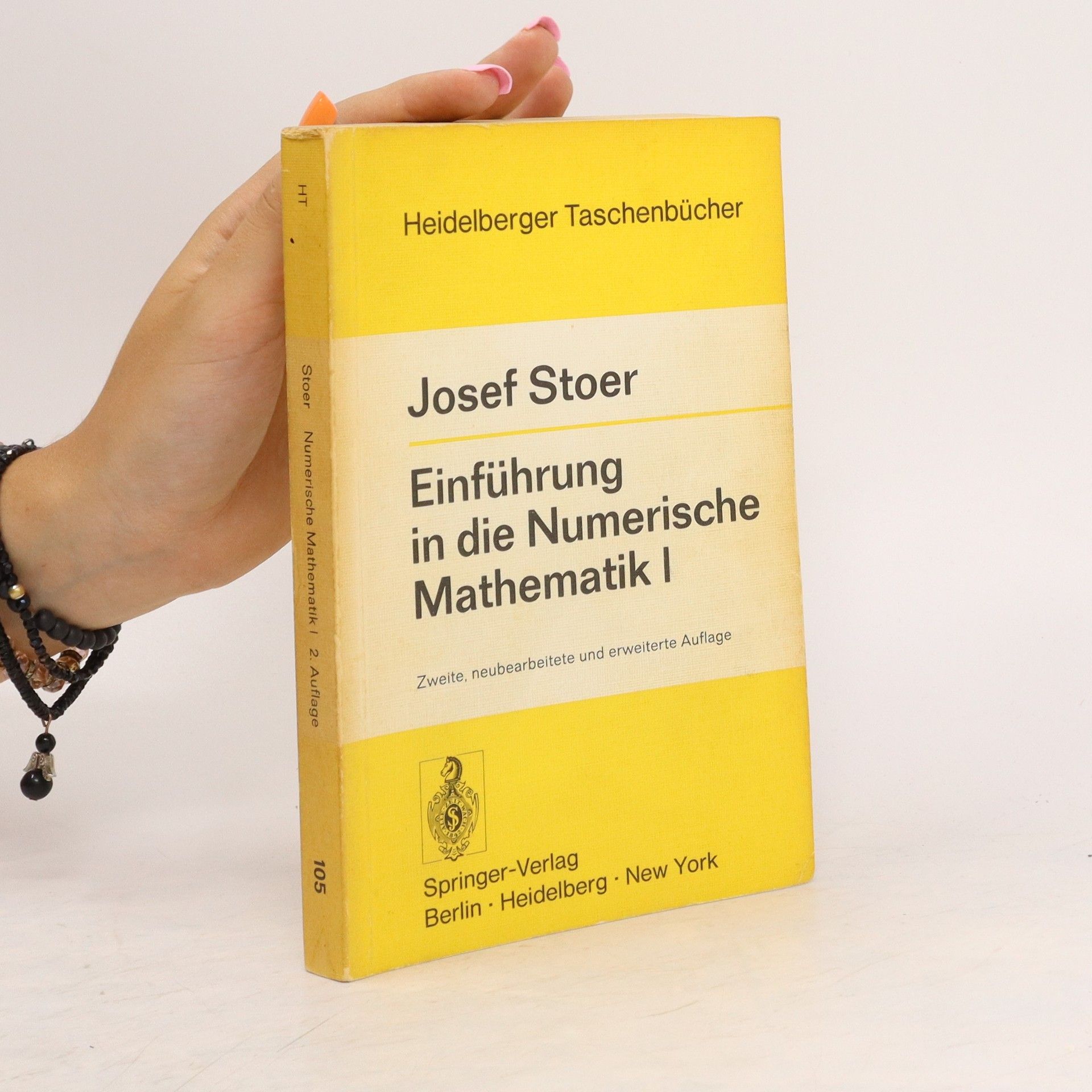Josef Stoer Boeken






Einführung in die numerische Mathematik I
unter Berücksichtigung von Vorlesungen von F. L. Bauer
- 291bladzijden
- 11 uur lezen
Einführung in die Numerische Mathematik II
- 308bladzijden
- 11 uur lezen
Dieses zweibändige Standardlehrbuch bietet einen umfassenden und aktuellen Überblick über die Numerische Mathematik. Dabei wird besonderer Wert auf solche Vorgehensweisen und Methoden gelegt, die sich durch große Wirksamkeit auszeichnen. Ihr praktischer Nutzen, aber auch die Grenzen ihrer Anwendung werden vergleichend diskutiert. Zahlreiche Beispiele runden dieses unentbehrliche Buch ab.Die Neuauflage des zweiten Bandes wurde vollständig überarbeitet und ergänzt um eine Beschreibung weiterer Techniken im Rahmen der Mehrzielmethode zur Lösung von Randwertproblemen für Gewöhnliche Differentialgleichungen. "Das Lehrbuch ... setzt Maßstäbe für eine Numerik-Vorlesung und ist jedem Studenten der angewandten Mathematik zu empfehlen." Die Neue Hochschule
Dieses zweibändige Standardlehrbuch bietet einen umfassenden und aktuellen Überblick über die Numerische Mathematik. Dabei wird viel Wert auf solche Vorgehensweisen und Methoden gelegt, die sich durch große Wirksamkeit auszeichnen. Ihr praktischer Nutzen, aber auch die Grenzen ihrer Anwendung werden vergleichend diskutiert. Zahlreiche Beispiele runden dieses unentbehrliche Buch ab. Die Neuauflage des ersten Bandes wurde um die Darstellung der B-Splines und der Algorithmen zu ihrer Berechnung, sowie durch ein Kapitel über die Lösung von großen Systemen mit dünn besetzten Matrizen erweitert.
Einführung in die Numerische Mathematik I
Unter Berücksichtigung von Vorlesungen von F.L. Bauer